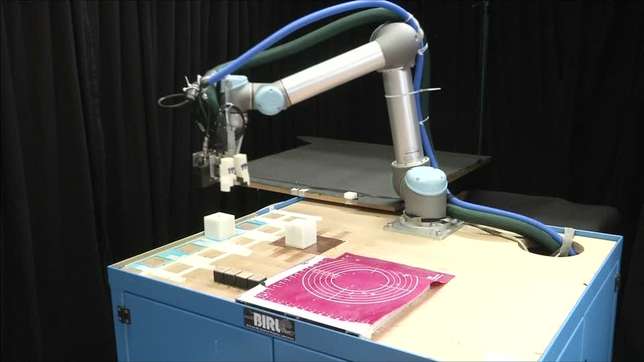
We developed a robot that creates robots.
Scientists from the University of Cambridge have built a mother robot that independently builds its own children and then tests their performance to inform the design of the next generation. By analyzing the data it collects from observing the child, the mother robot ensures that preferential traits are passed down to the next iteration, while letting weaknesses fall by the wayside.
“We developed a robot that creates robots. And basically we have a mother robot that combines active and passive modules using glue to make other children robots. And these robots, as the mother creates them and puts them to work, she evaluates how they’re behaving and she uses the data from this behavior to create the next generation of robots,” explained Andre Rosendo, who worked on the project at the University’s Department of Engineering.
Continue reading “Robot mother builds and improves its own children” »















